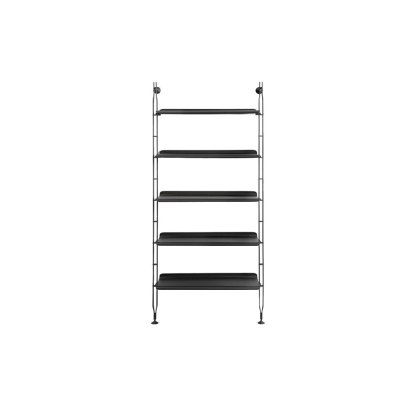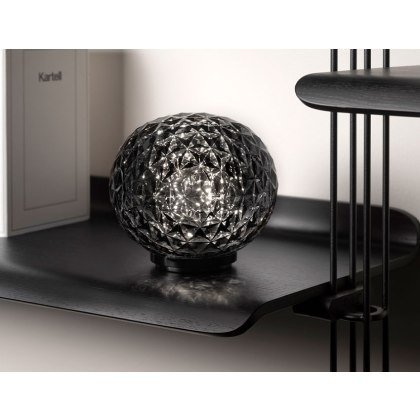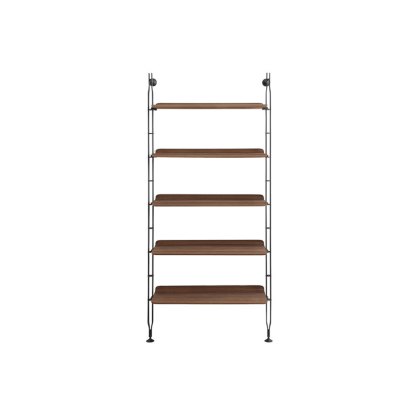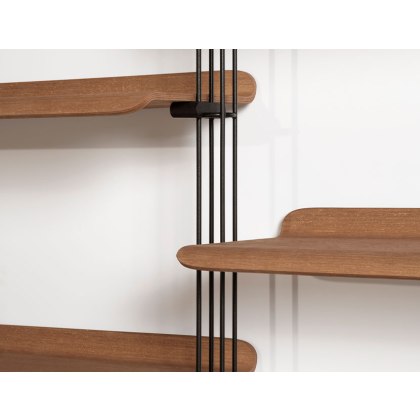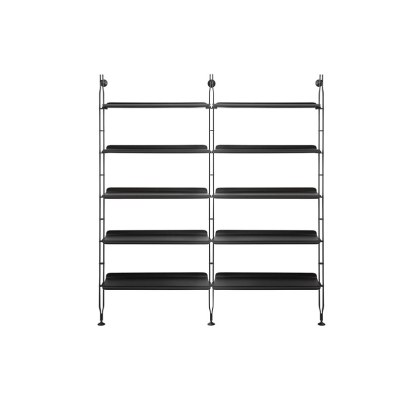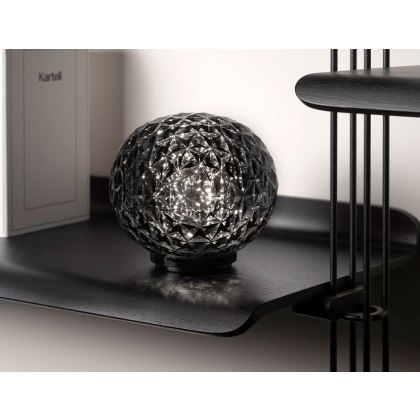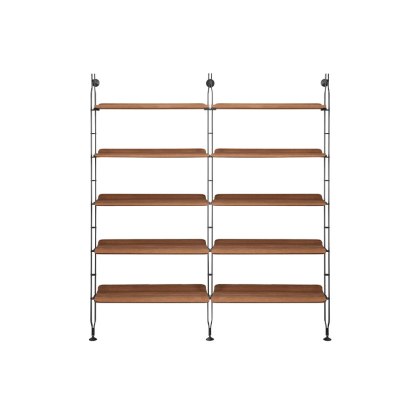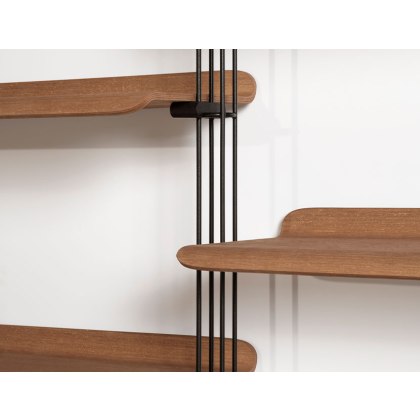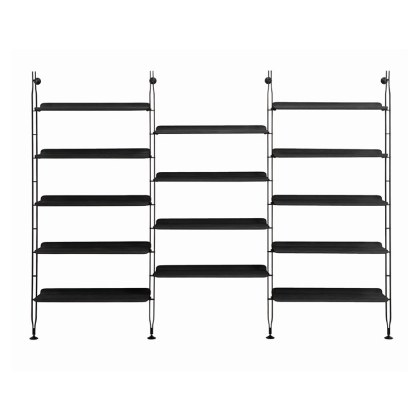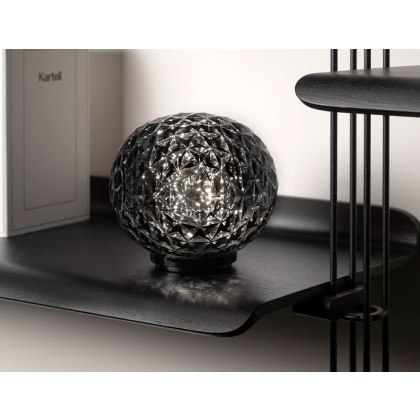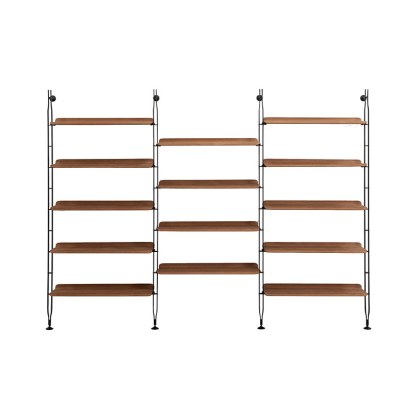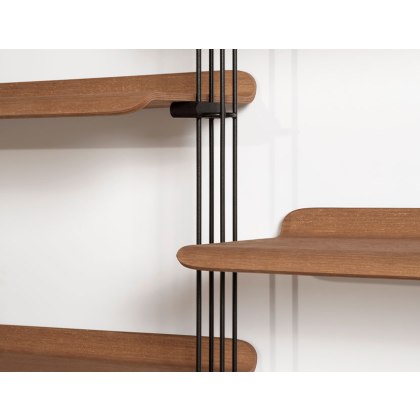Adam Wood - Philippe Starck
Kartell Adam Wood by Philippe Starck 5 Shelf Bookcase Ash Black
But the beauty goes beyond the surface . Crafted from sustainably sourced ash black wood, rich with nuanced tones, Adam Wood boasts an innovative design, optimized by cutting-edge technology, for lightweight strength and eco-conscious construction Whether showcasing treasured finds, objets d'art, or simply letting the shelves' graceful curves dance in the light, Adam Wood infuses your space with...
£2105 £1789
or from £40.44 per month
Kartell Adam Wood by Philippe Starck 5 Shelf Bookcase Dark Wood
The Kartell Adam Wood isn't a bookcase, it's an enigma of dark wood shelves dancing within a sleek black frame Crafted from rich, sustainably sourced dark wood, Adam Wood boasts an innovative design, optimized by cutting-edge tech, for lightweight strength and eco-conscious construction Whether showcasing prized possessions, objets d'art, or simply letting the shelves' graceful curves whisper secrets,...
£2105 £1789
or from £40.44 per month
Kartell Adam Wood by Philippe Starck 10 Shelf Bookcase Black Ash
The Kartell Adam Wood isn't your average bookcase, it's a sculpted symphony of black ash shelves dancing within a sleek black frame Crafted from sustainably sourced black ash, Adam Wood's innovative design, optimized by cutting-edge CAD technology, is a marvel of lightweight strength and eco-conscious construction This modular masterpiece lets you build your ideal storage canvas. Stack units...
£3947 £3355
or from £75.84 per month
Kartell Adam Wood by Philippe Starck 10 Shelf Bookcase Dark Wood
Move beyond the ordinary : CAD-optimized for lightweight strength and eco-conscious construction, Adam Wood assembles in a snap, ready to transform your living room, bedroom, or home office Choose your perfect palette: Available in rich dark wood with a black frame or sleek all-black, Adam Wood seamlessly blends with any d cor Whether showcasing treasured novels, objets d'art, or simply letting...
£3947 £3355
or from £75.84 per month
Kartell Adam Wood by Philippe Starck 14 Shelf Bookcase Ash Black
Crafted from sustainably sourced black ash, Adam Wood boasts an innovative design, optimized by cutting-edge tech, for lightweight strength and eco-conscious construction. It assembles in a snap, ready to transform your space into a personal playground Your palette, your choice . Adam Wood's rich black ash shelves pair flawlessly with a sleek black frame to complement any d cor Crave storage...
£5412 £4599
or from £103.95 per month
Kartell Adam Wood by Philippe Starck 14 Shelf Bookcase Dark Wood
Adam Wood's rich black ash shelves pair flawlessly with a sleek black frame to complement any d cor. Move beyond the mundane, step into a world where storage becomes an art form, This brainchild of Philippe Starck's visionary mind redefines functionality with captivating curves and endless possibilities.
£5412 £4599
or from £103.95 per month

